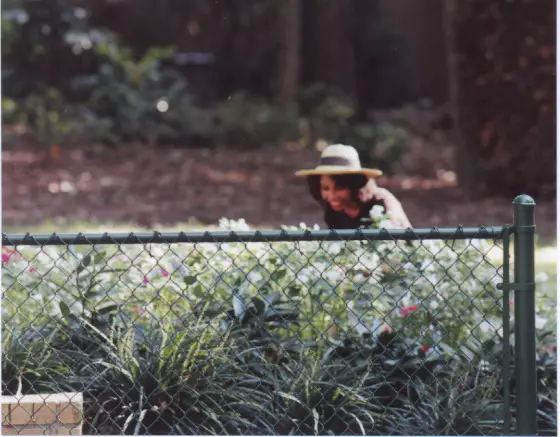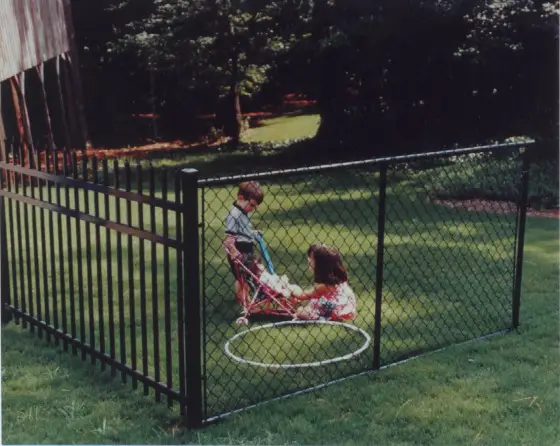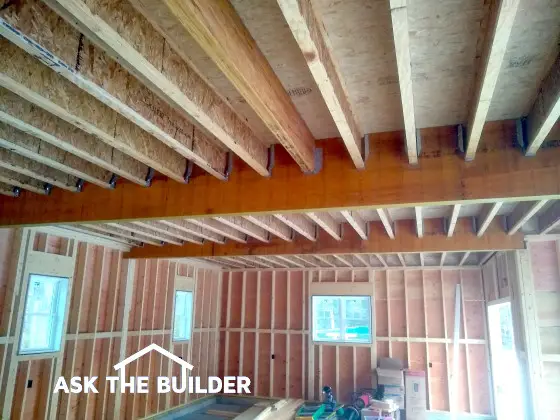Comments from the peanut gallery are common with many of my columns. I am proud to say that many of these letters, emails or calls are positive. Sometimes, people tell me I forgot something. That was the case with this fencing column. I received an email a day or so after the column appeared in one of the first papers to run the column. The woman was quick to point out that I didn't tell people to call their local utility companies before installing a fence. It turns out that a neighbor of hers single-handedly cut off the area's cable TV and phone service while digging a fence post near the street! Erika, touche! Excellent point!
Details
Erika's email message made another point as well. Even building a simple fence requires pre-planning, thought and attention to detail. I'm sure that homeowner didn't even think that underground cables would be near his fence location. It has happened to me. The strangest things are buried in the weirdest places!
Detailing is also very important with picket fences. Anybody can install square top cut posts and square pickets. That requires no thought or planning. But, if you take some time and research different styles, types, and patterns, you can create without too much work an elegant fence - one that will be the talk of the neighborhood. Your friends and neighbors will be envious. I know this for a fact.
Scale and Style
A picket fence needs to match the style and scale of a house. Contemporary houses can benefit from fencing that recreates the lines and materials used in the house. Colonial style housing looks great with the standard white picket fence. A Victorian house may require ornamentation on the posts and gingerbread within the fence. Be sure that the fence you choose to build will enhance your house, not detract from it or lessen its value.
I can assure you that if you spend some time at your library looking at architecture books for different periods of building, you will see exactly what I am talking about. There are numerous books at my own library that illustrate fences and architecture styles.
Local Fence Companies
You never want to re-invent the wheel. That is a waste of time. I suggest that you also visit your local fence building companies. You will probably see some illustrated pamphlets that will help your creative juices begin to flow.
The fence supplier may also have some great construction tips, supplies, and precut materials.
Fence Post Spacing
What is a good distance between fence posts? Well, there is no perfect answer. For picket fences, I would never exceed a 10 foot spacing between posts. A 6 foot spacing is the absolute minimum that I would place posts - unless of course you had to stair step fencing or posts down a very steep hill.
Picket Sizing
I have seen wood picket fences with pickets as wide as 5.5 inches. Mine is the narrowest I have ever seen, that being a 1.5 inch width for each picket. Your overall design will determine what is best for you. In all cases, I would try to make sure that the pickets can be cut from a larger piece of wood with minimal waste.
Column B194
 The following list is courtesy of the Chain Link Fence Manufacturers Institute (
The following list is courtesy of the Chain Link Fence Manufacturers Institute (
